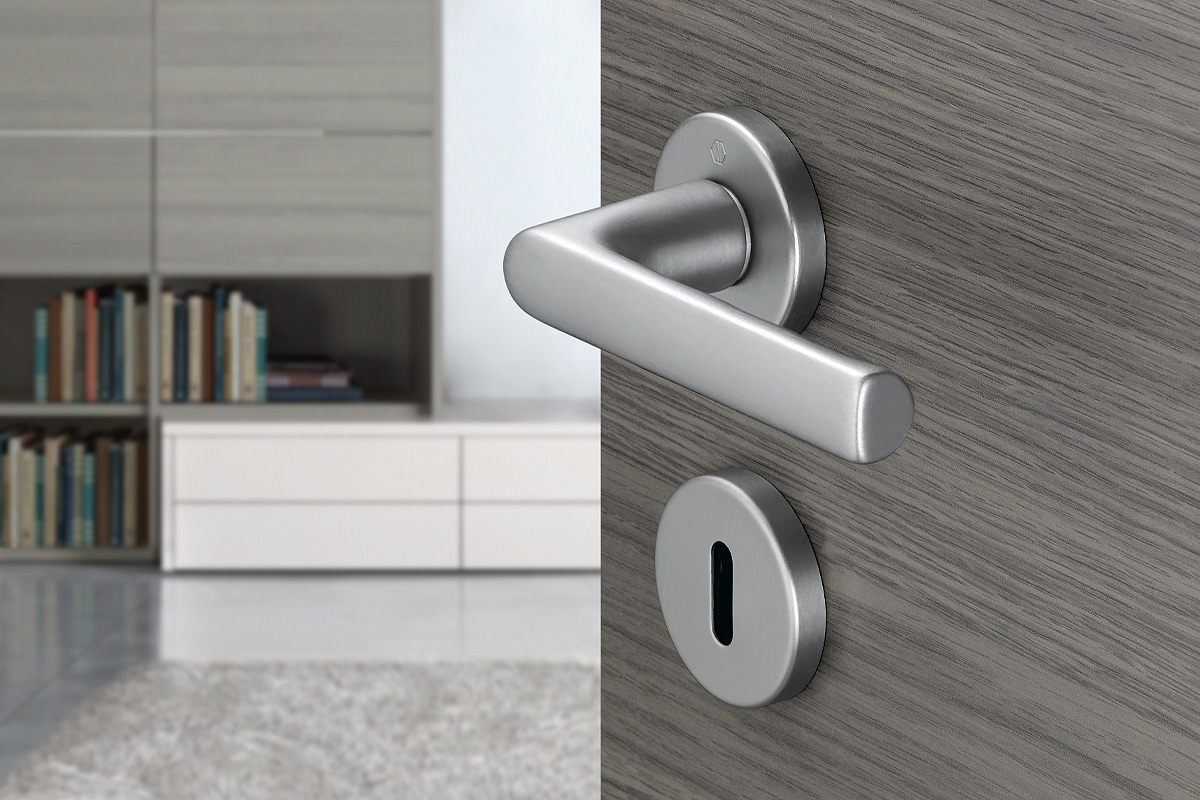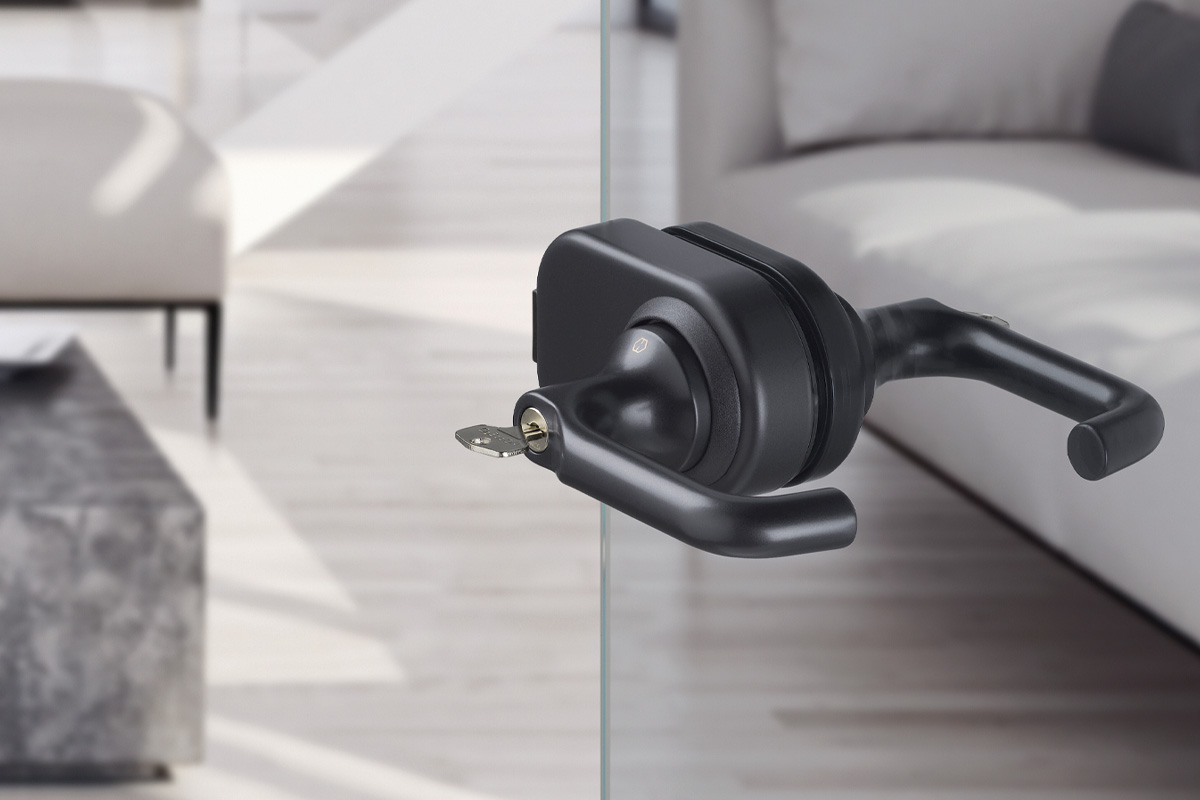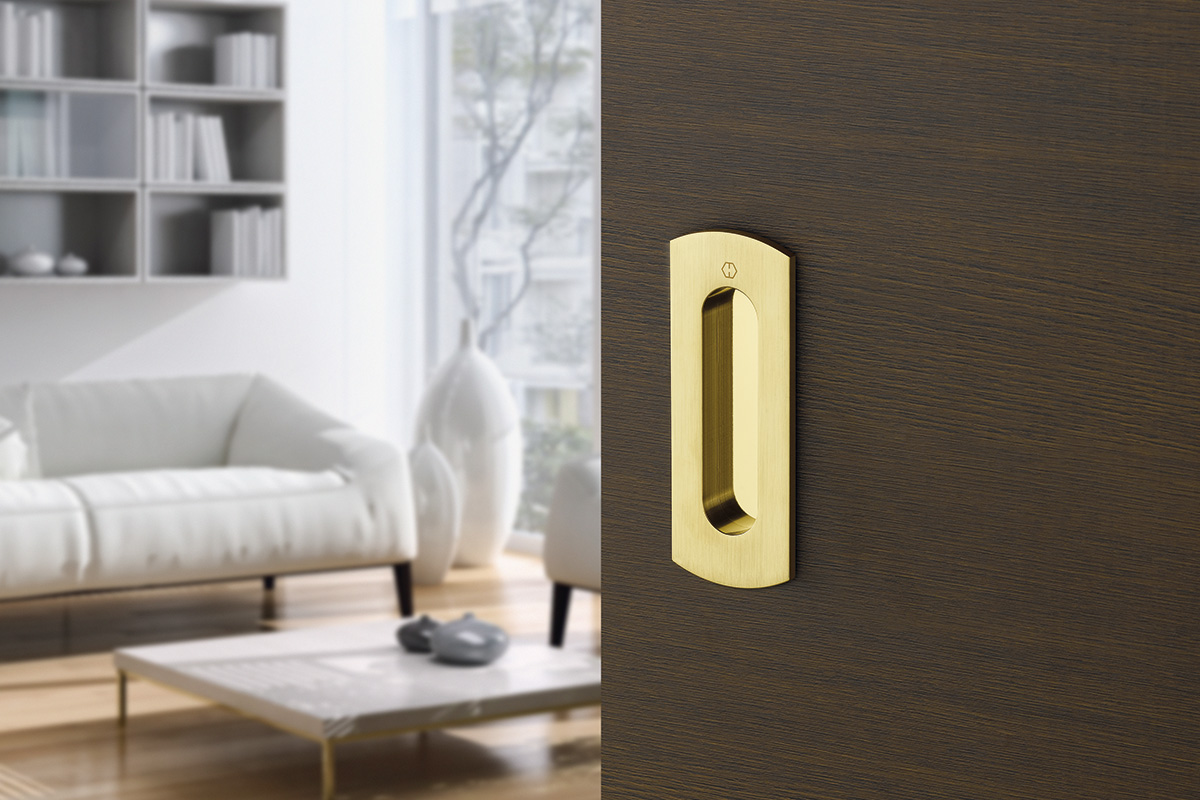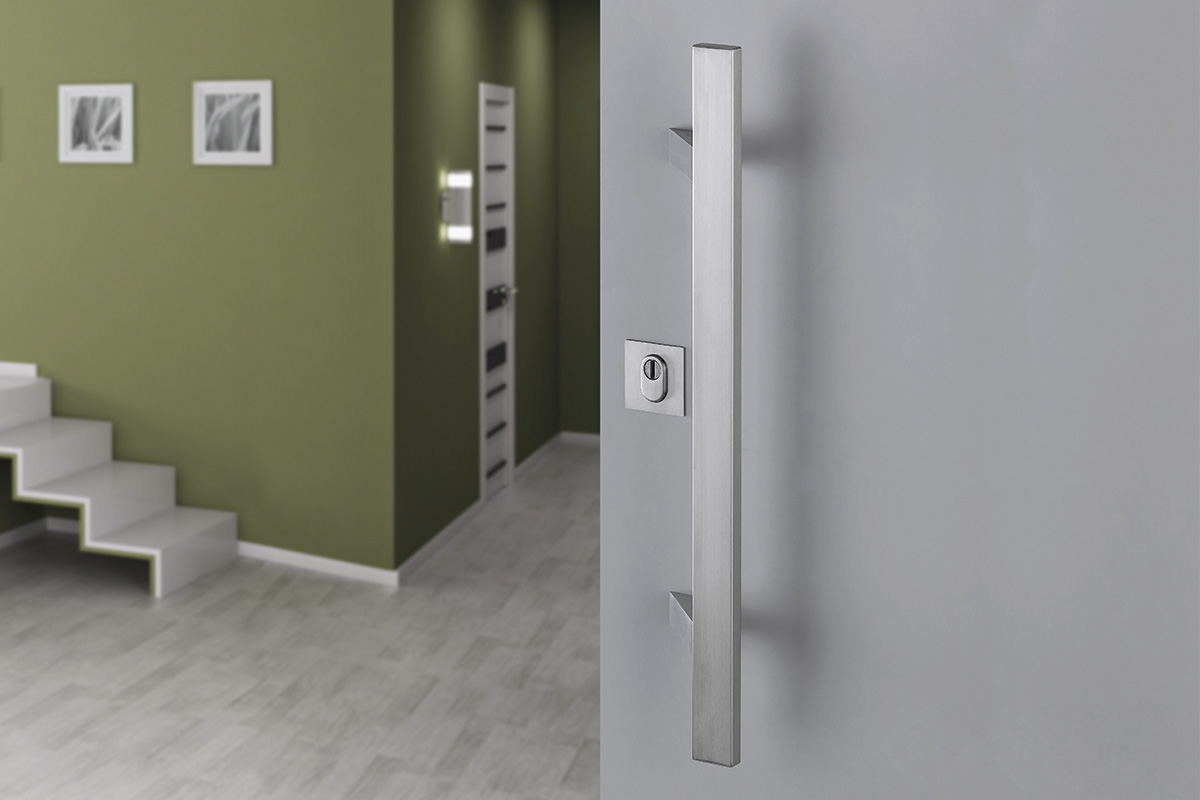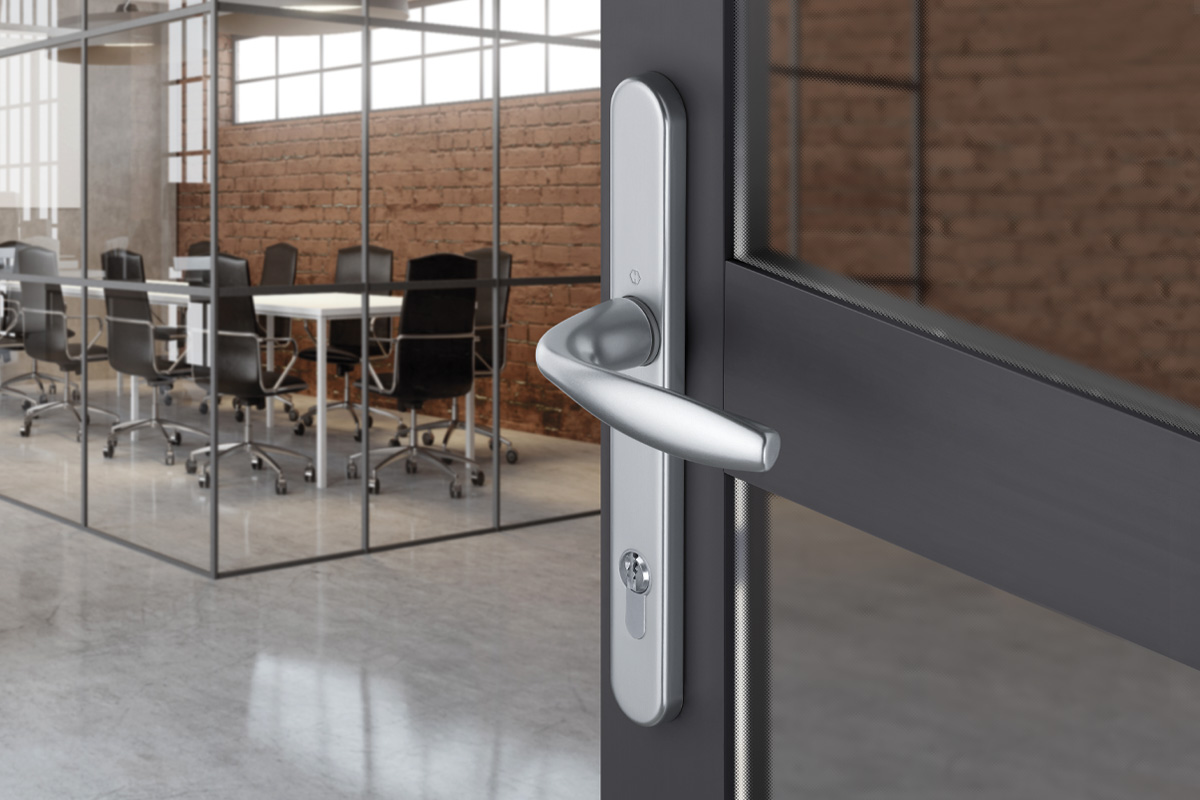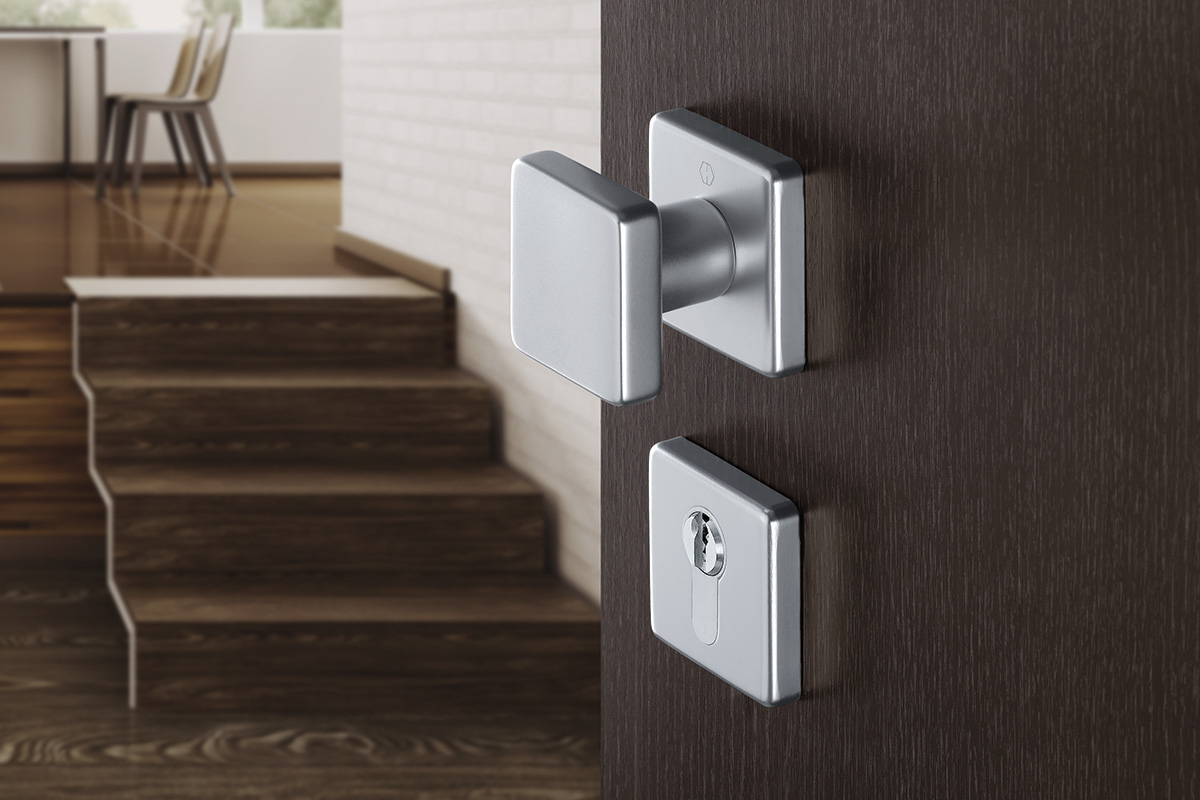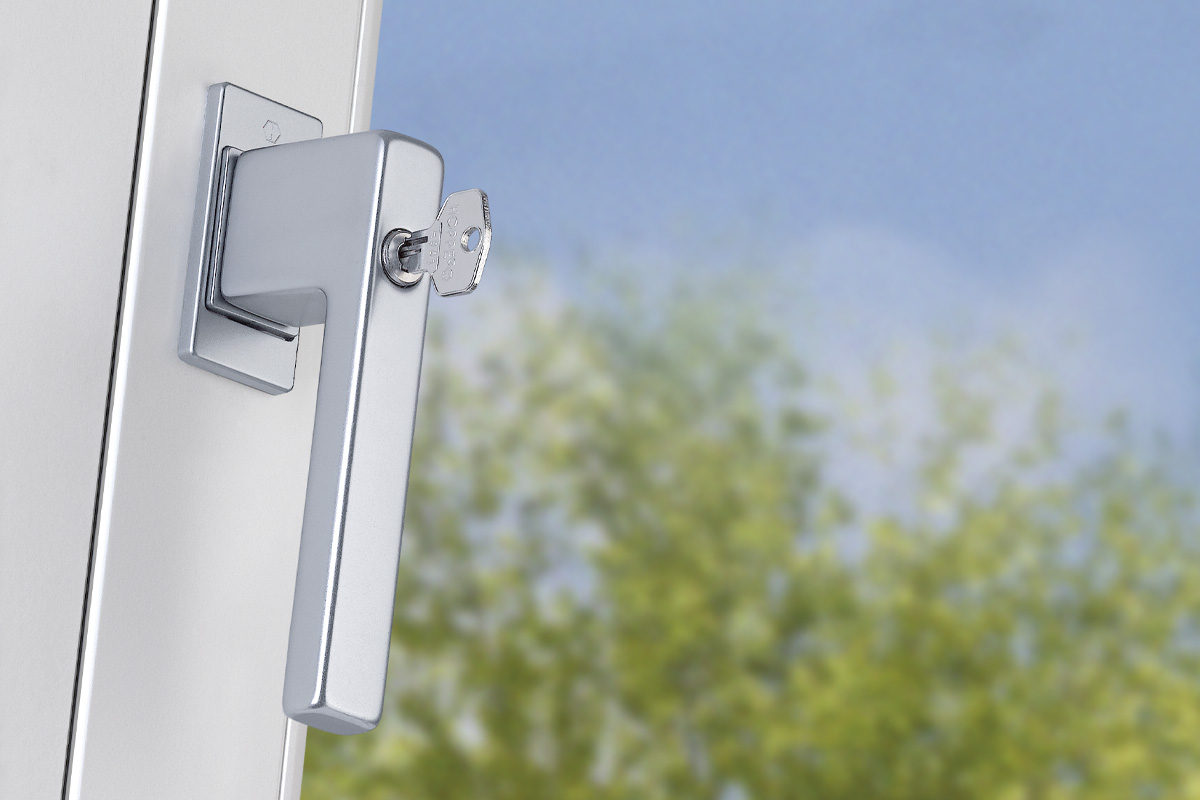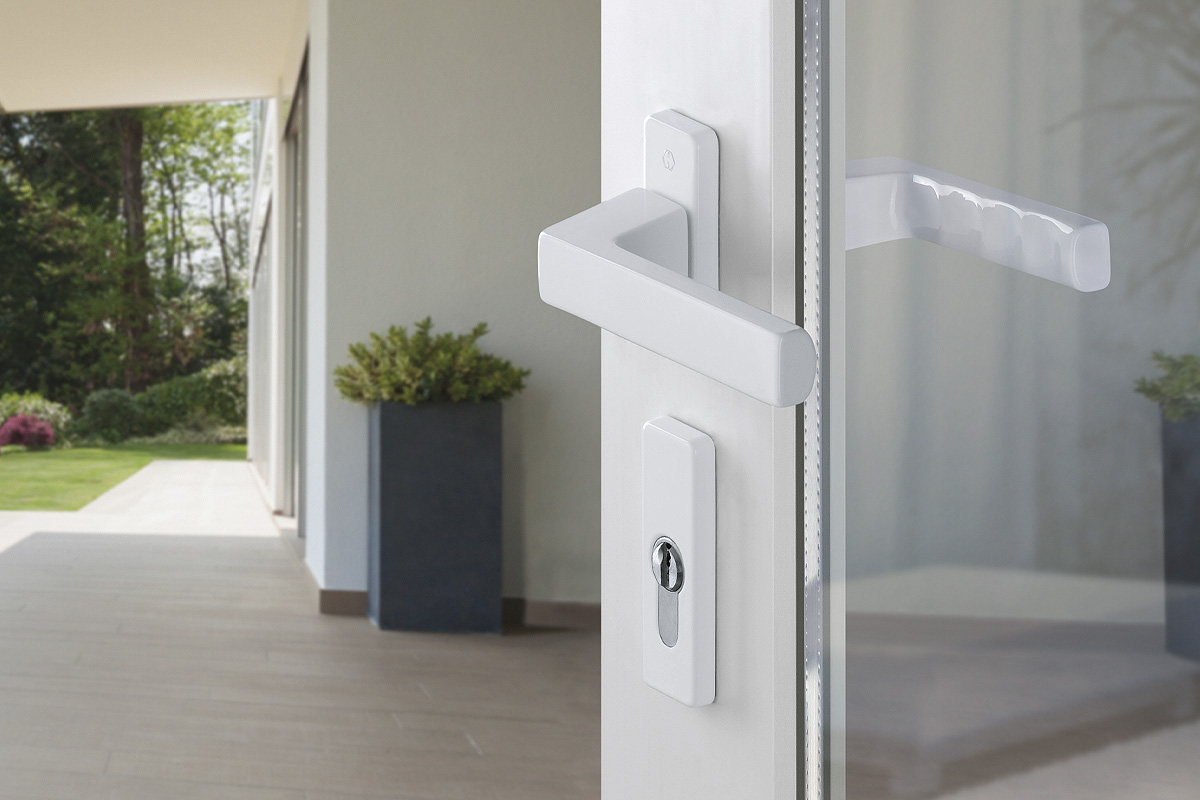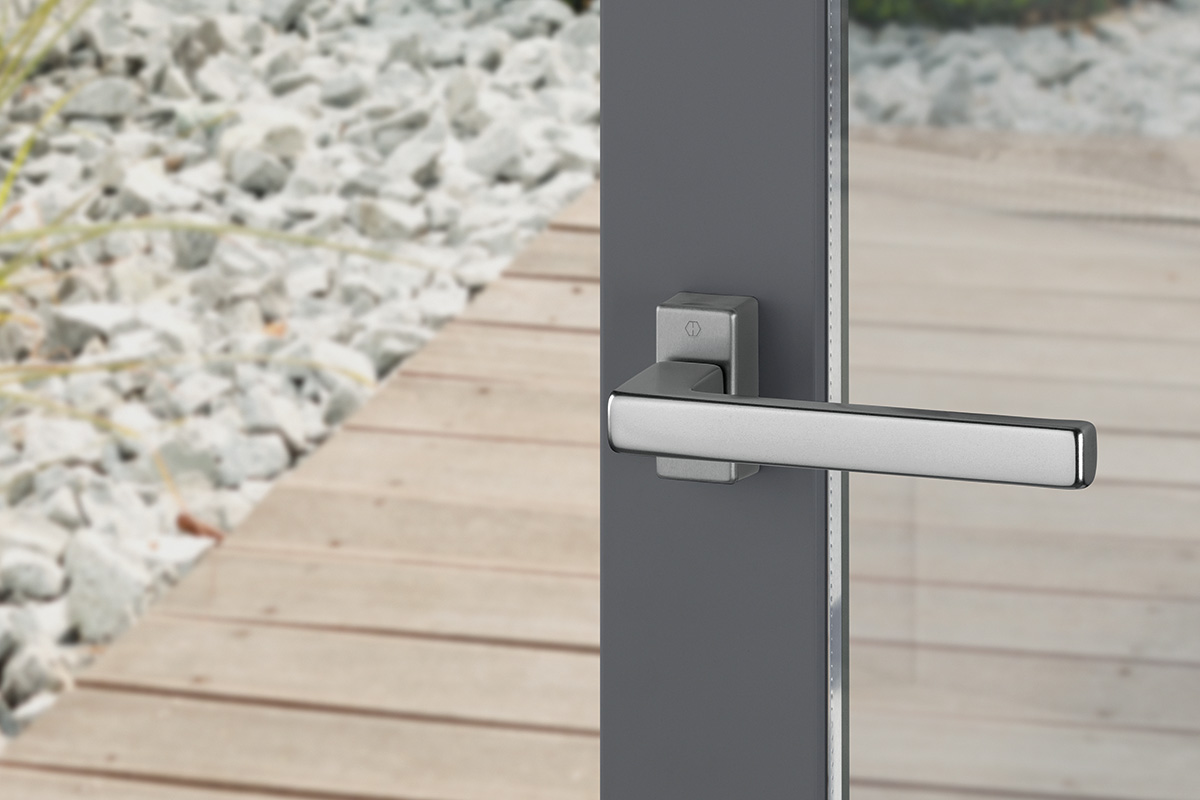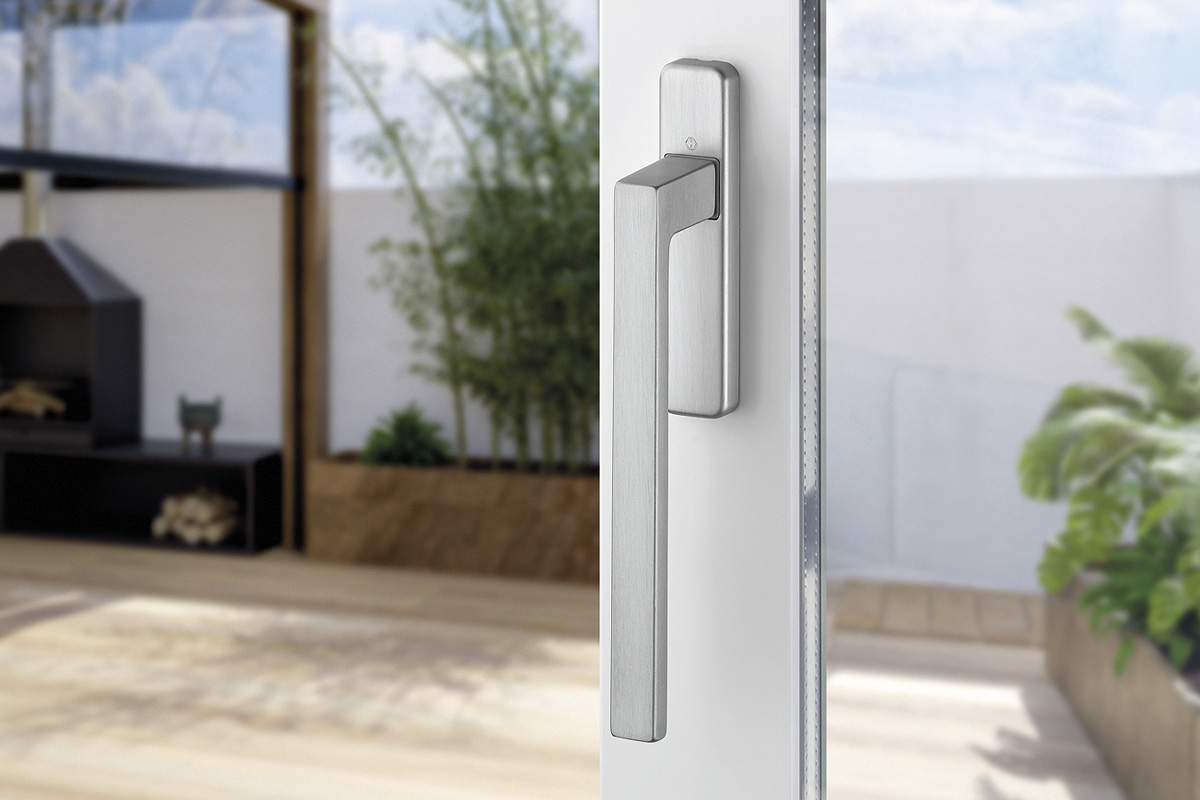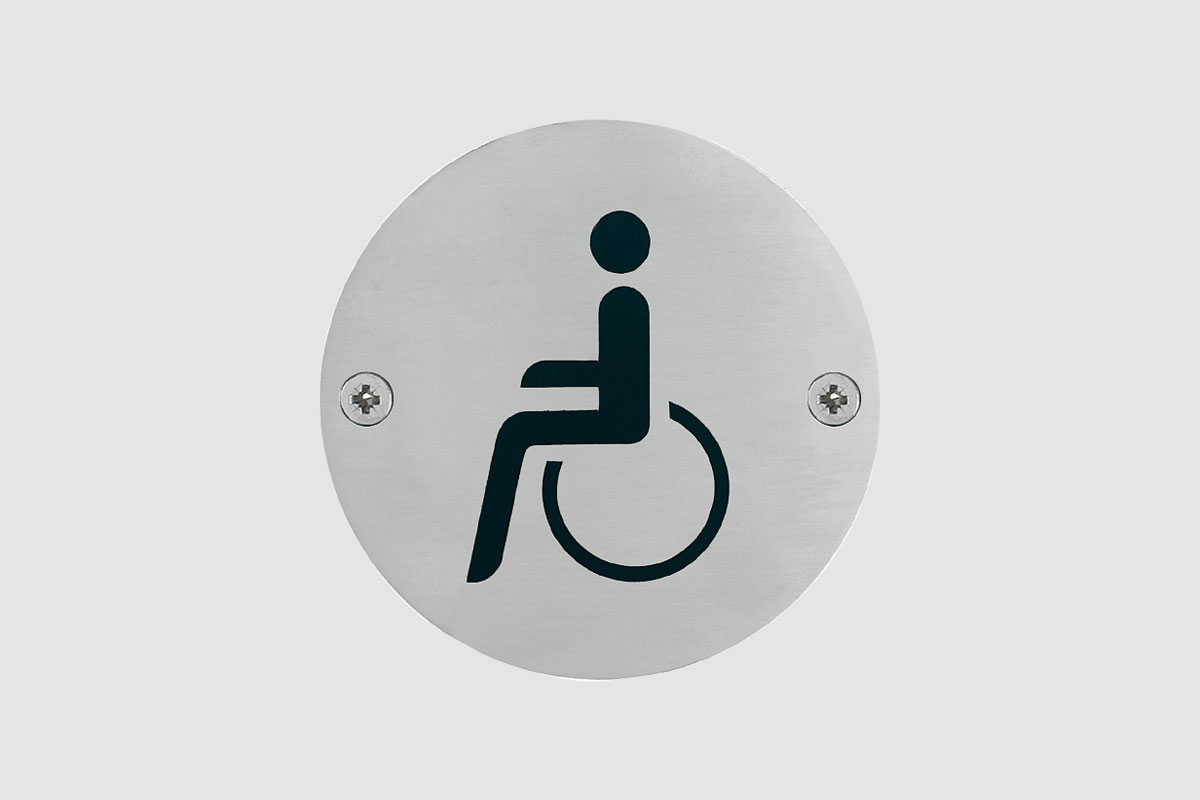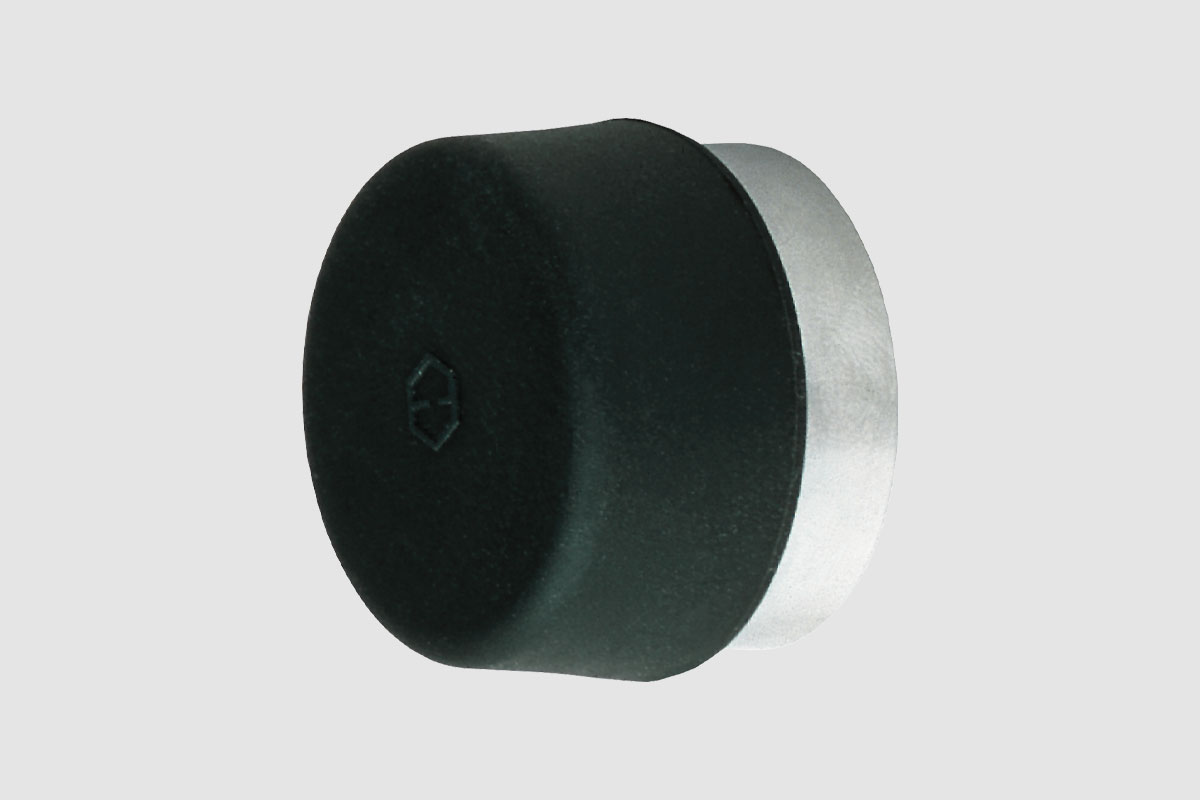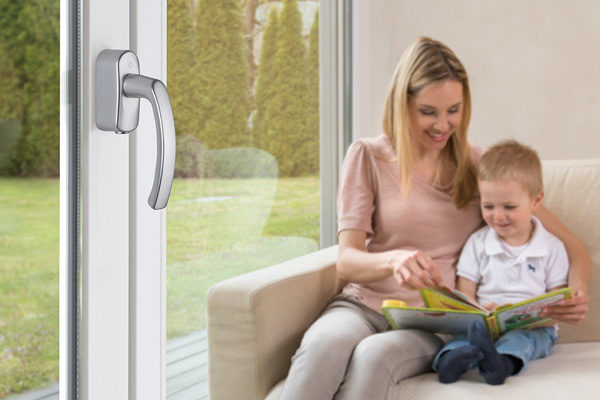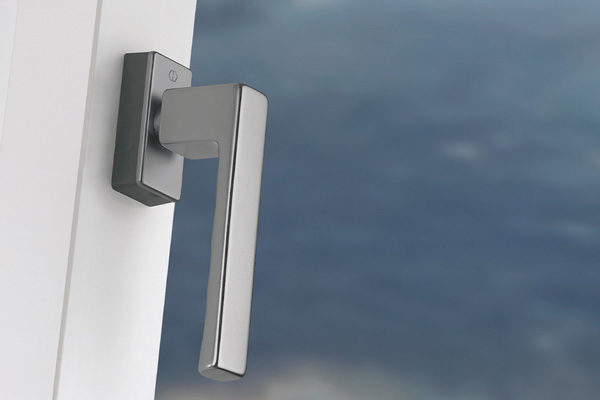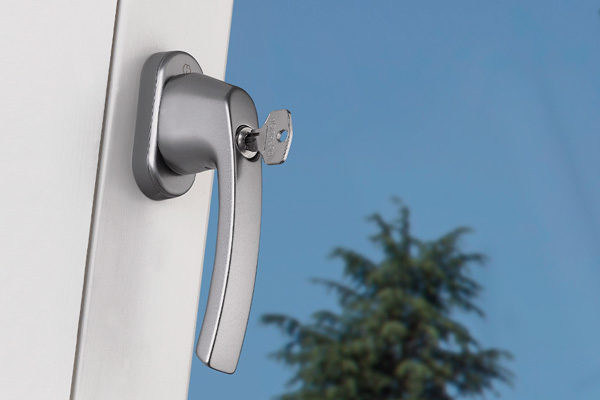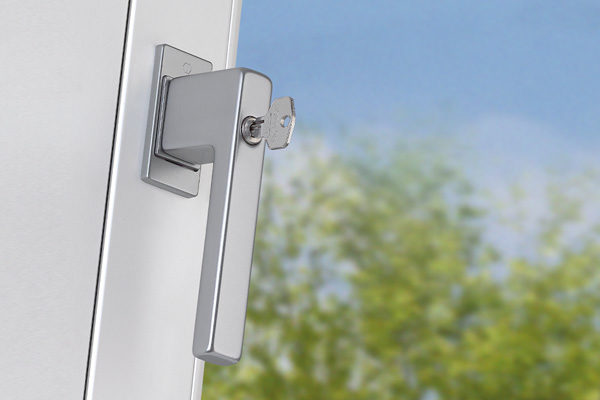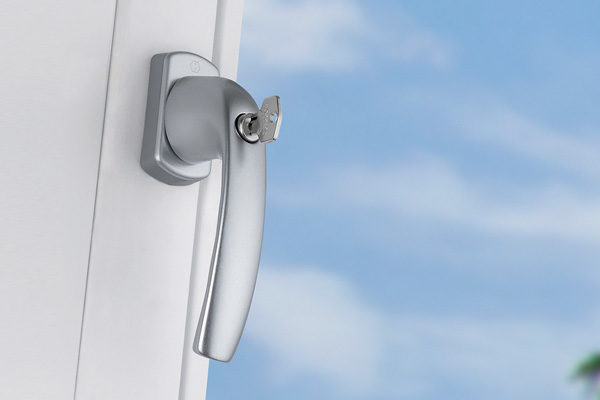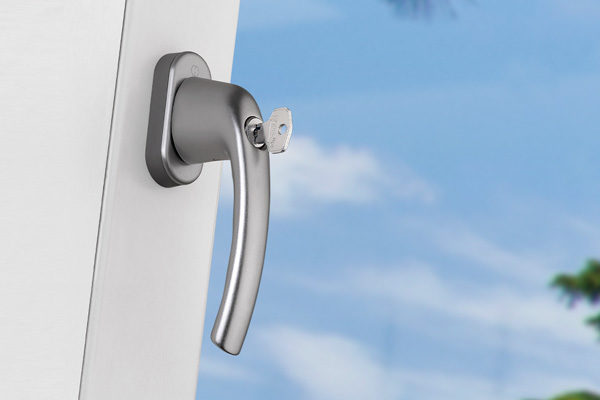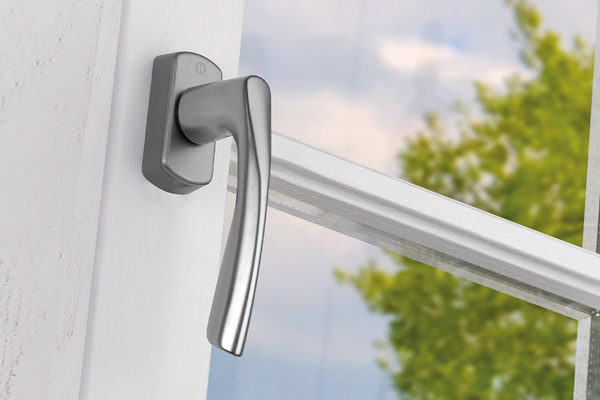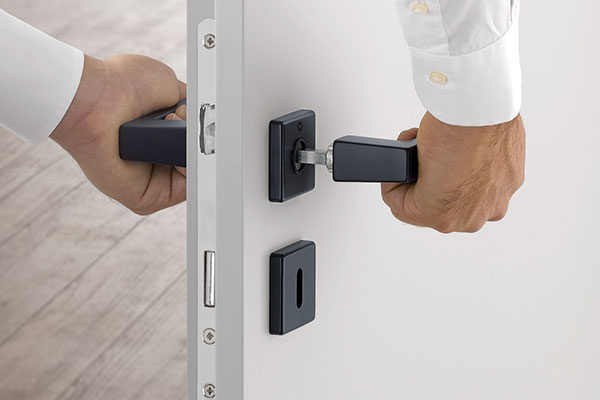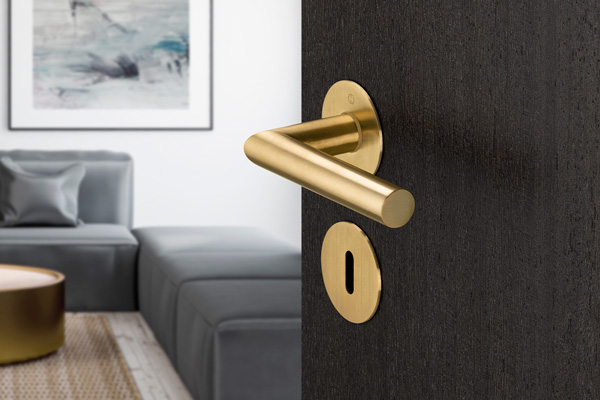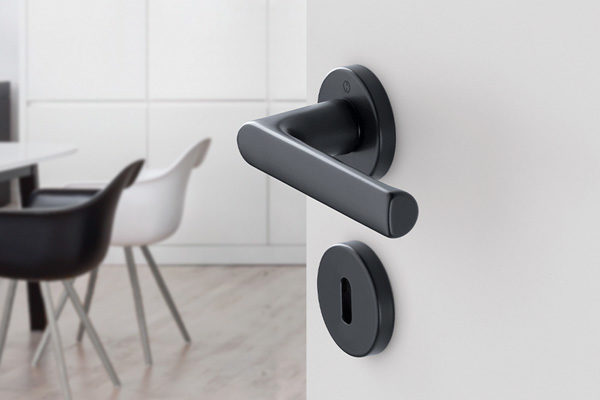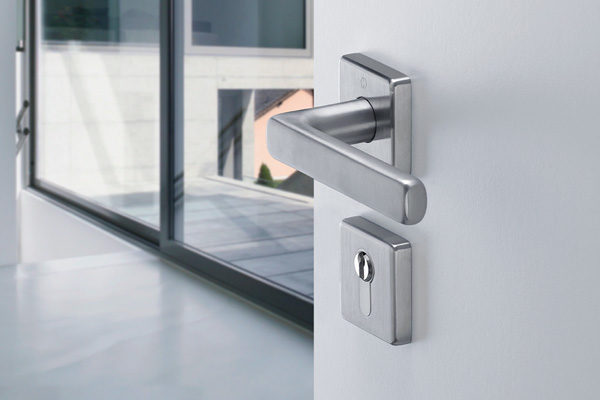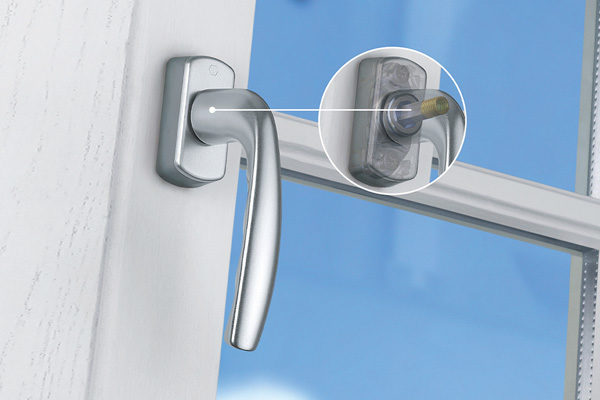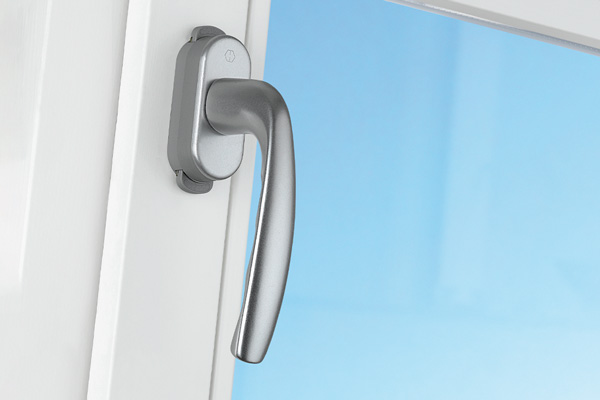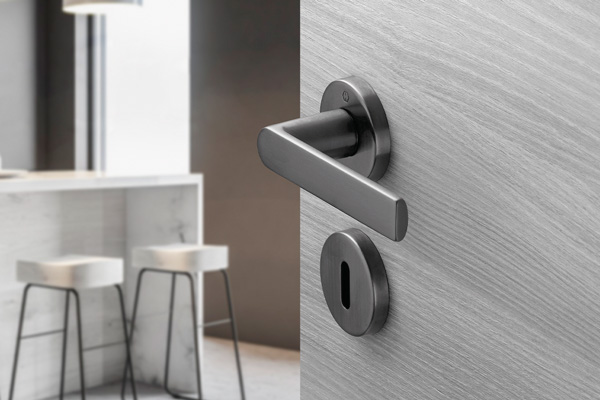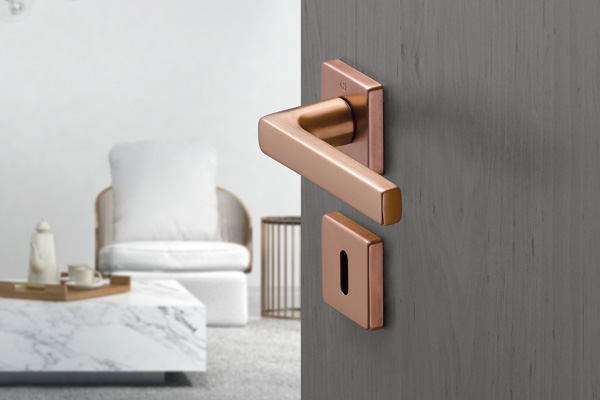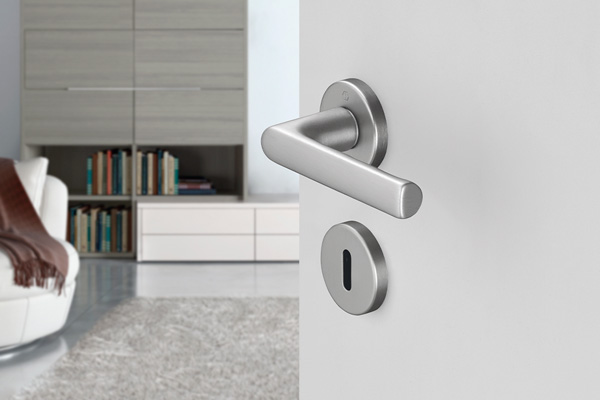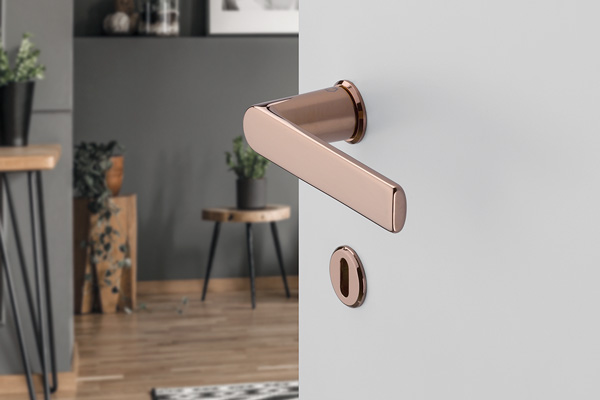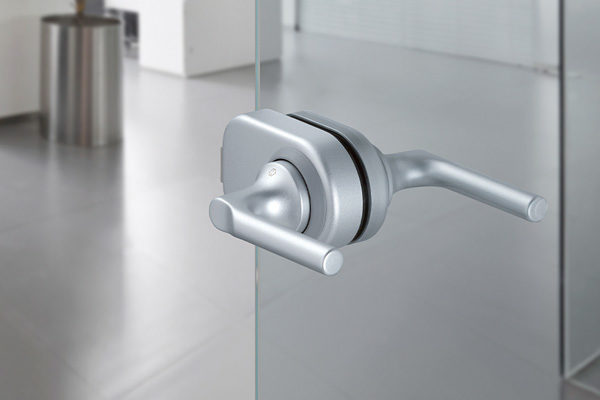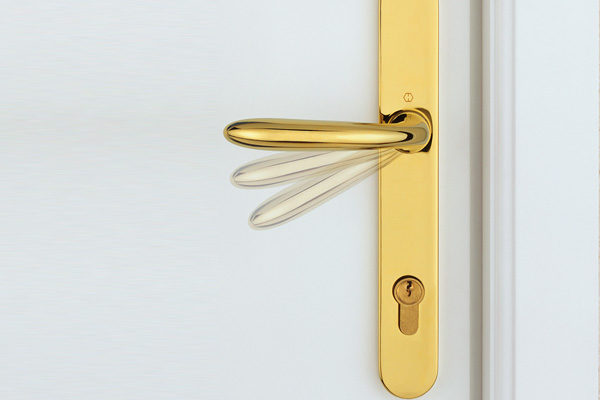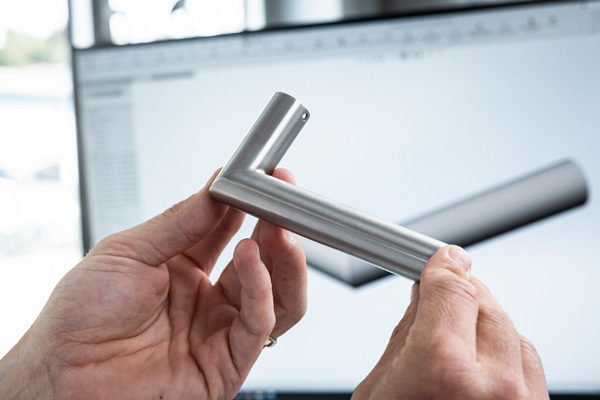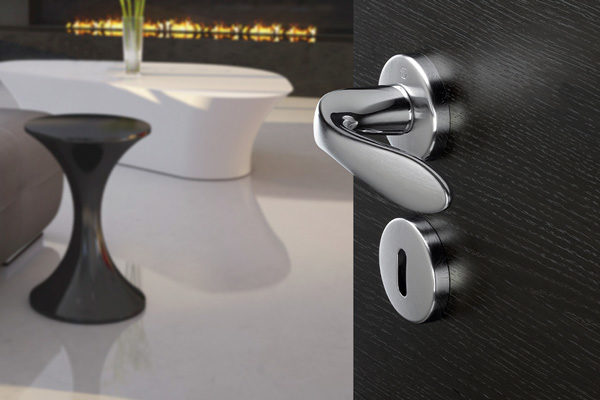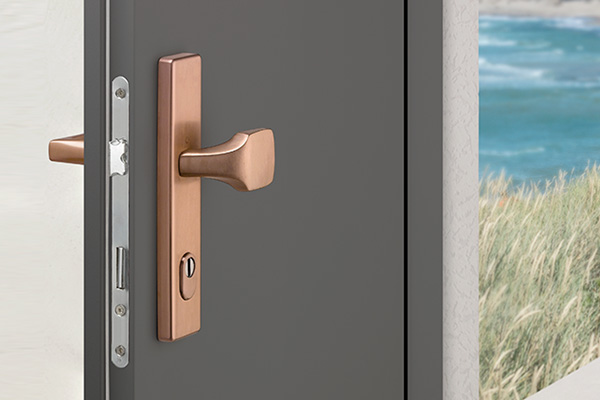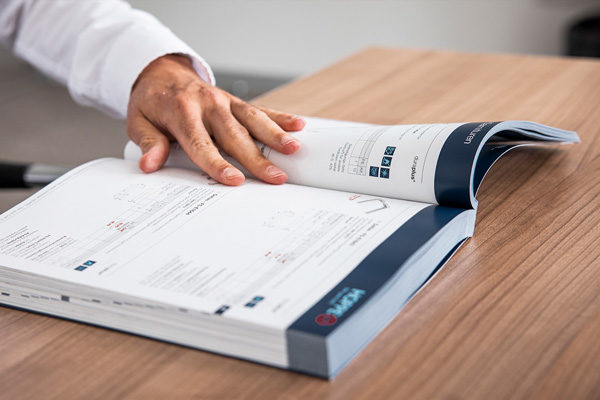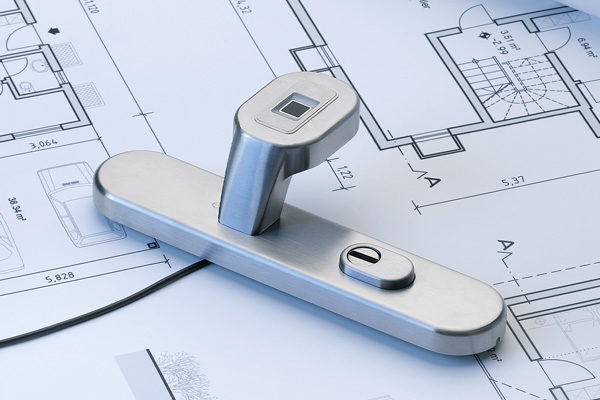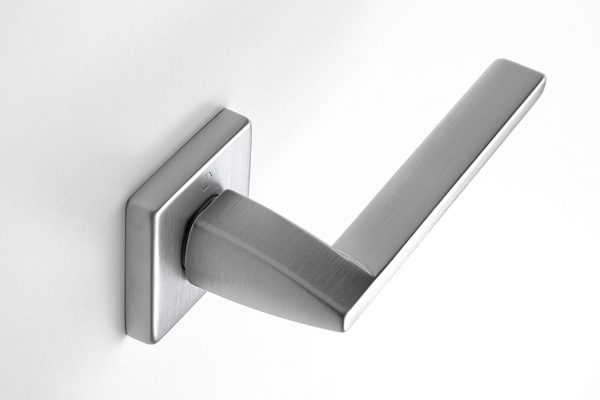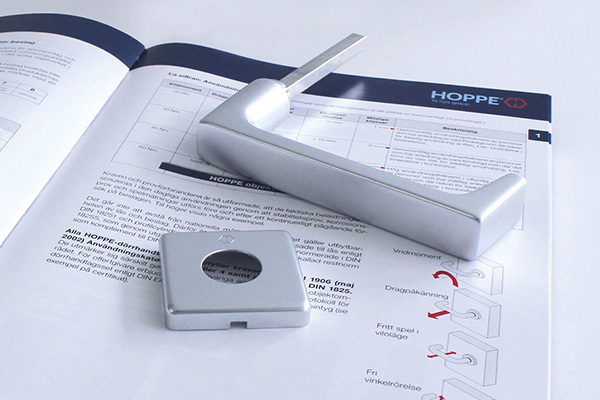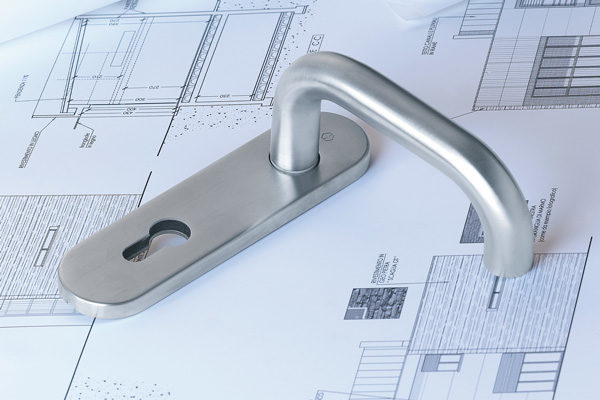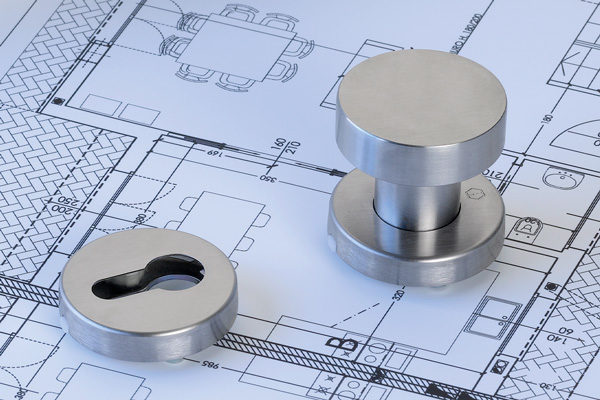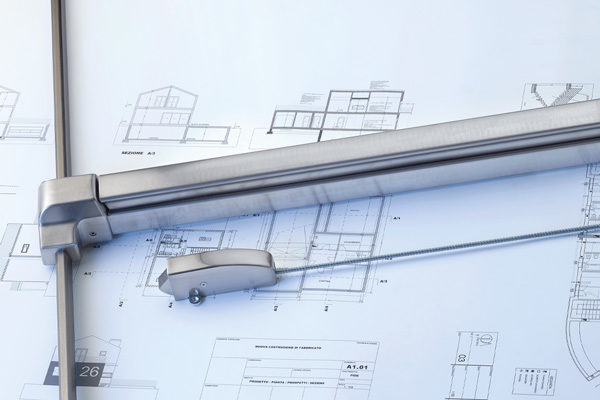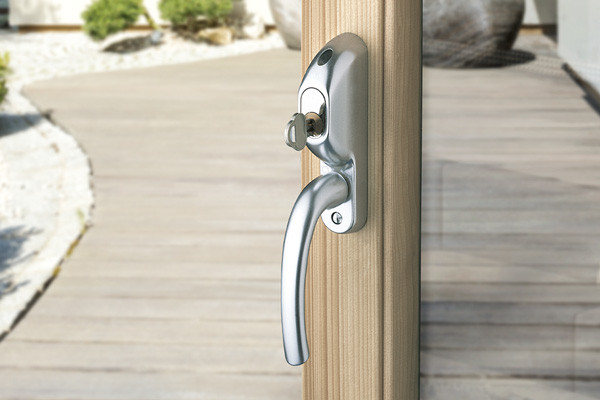DIN EN 1906 – European and German Standardisation for Hardware
For the purposes of European standardisation, EN 1906 has been introduced to specify requirements and test methods for door handles and door knobs. It was adopted on European level in October 2001, has been revised several times and is currently valid as EN 1906 – December 2012 issue.
The DIN EN 1906 only defines performance parameters while the dimensions of the hardware is not taken into account. It introduces a classification code system, allowing products to be compared. Door hardware tested according to DIN EN 1906 must be marked with an 8-digit classification code:
| 1 | Category of use |
| 2 | Durability |
| 3 | Door mass |
| 4 | Fire resistance |
| 5 | Safety |
| 6 | Corrosion resistance |
| 7 | Security |
| 8 | Type of operation |
You can find out more about what these digits mean here.
In the first position of the classification key the hardware is classified into 4 categories of use which are based on frequency of use and the expected area of use. The requirements and test loads are graded according to these categories.
Categories of use
(excerpt from the most important tests out of a total of 13)
Grade: 1
| Rotational torque strength test | 20 Nm |
| Axial strength test | 300 N |
| Free play “at rest” | < 10 mm |
| Free angular movement | < 10 mm |
| Description | Medium frequency of use by people with a high incentive to exercise care and with a small chance of misuse, e.g. internal residential doors. |
Grade: 2
| Rotational torque strength test | 30 Nm |
| Axial strength test | 500 N |
| Free play “at rest” | < 10 mm |
| Free angular movement | < 10 mm |
| Description | Medium frequency of use by people with some incentive to exercise care but where there is some chance of misuse, e.g. internal office doors. |
Grade: 3
| Rotational torque strength test | * 40 Nm |
| Axial strength test | 800 N |
| Free play “at rest” | < 6 mm |
| Free angular movement | < 5 mm |
| Description | High frequency of use by public or others with little incentive to exercise care and with a high chance of misuse, e.g. public office doors. |
| * HOPPE handle sets for commercial applications | |
Grade: 4
| Rotational torque strength test | * 60 Nm |
| Axial strength test | 1000 N |
| Free play “at rest” | < 6 mm |
| Free angular movement | < 5 mm |
| Description | High frequency of use on doors wich are subject to frequent violent usage, e.g. football stadiums, offshore installations (oil rigs), barracks, public toilets, etc. |
| * HOPPE handle sets for commercial applications | |
The requirements and testing procedures are formulated in such a way that the actual strain of everyday use is simulated by strength tests, corrosion tests as well as measurement of free-play before and after cycle tests on the hardware.
In order to maintain the exchangeability of locks and hardware in Germany, some national dimension standards are unavoidable. This is why dimensions for door handle sets compatible with DIN 18251 locks and DIN 18252 profile cylinders continue to be determined by the DIN 18255 standard.
All HOPPE door handle sets for commercial applications correspond to DIN EN 1906, category of use grade 3 and 4, as well as to the German residual standard DIN 18255 and have been successfully supplied to the non-residential building sector for many years.
Test certificates for specifiers
For parties inviting tenders, we offer external or internal test certificates for door handle sets according to DIN EN 1906 which serve as verification of suitability.

